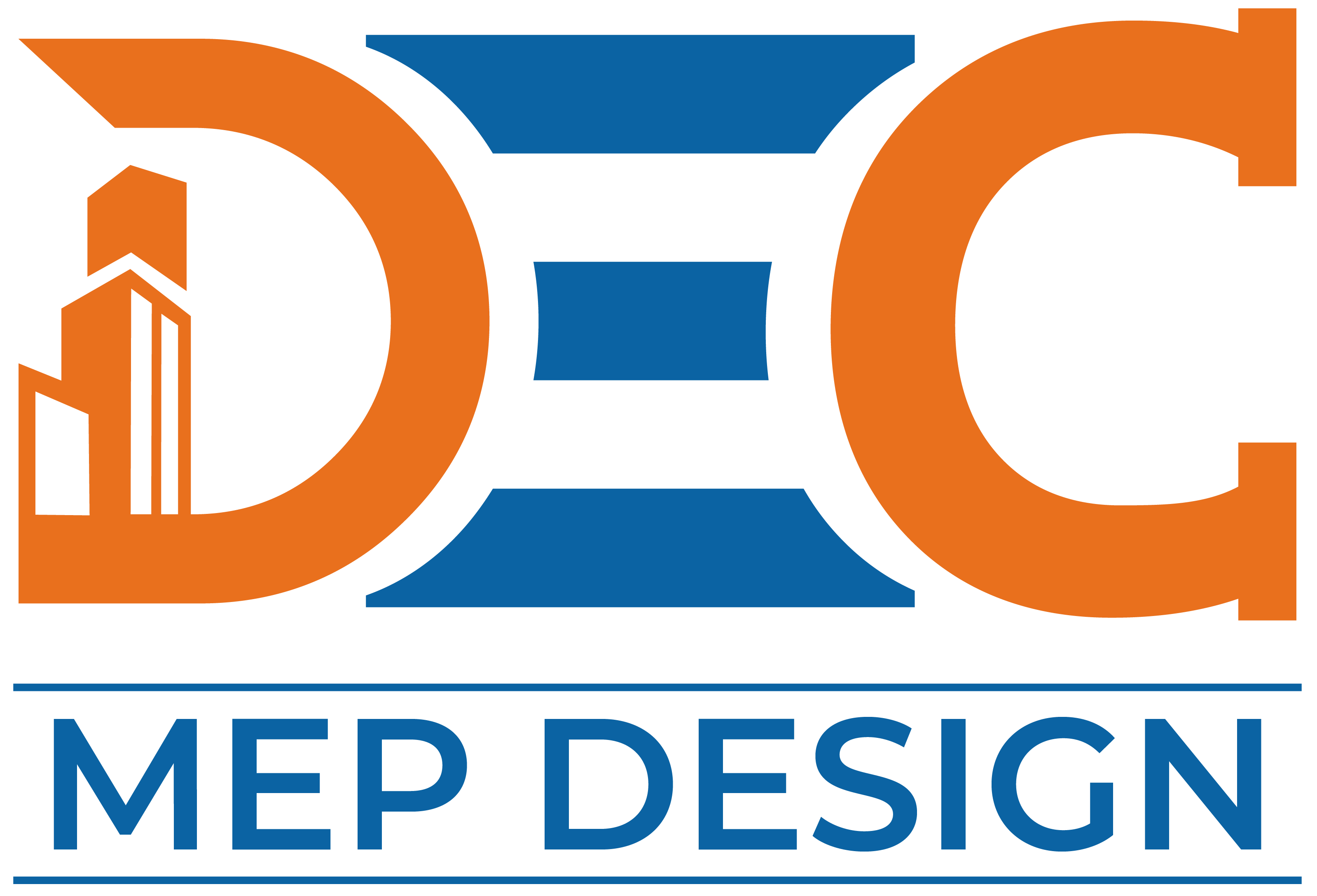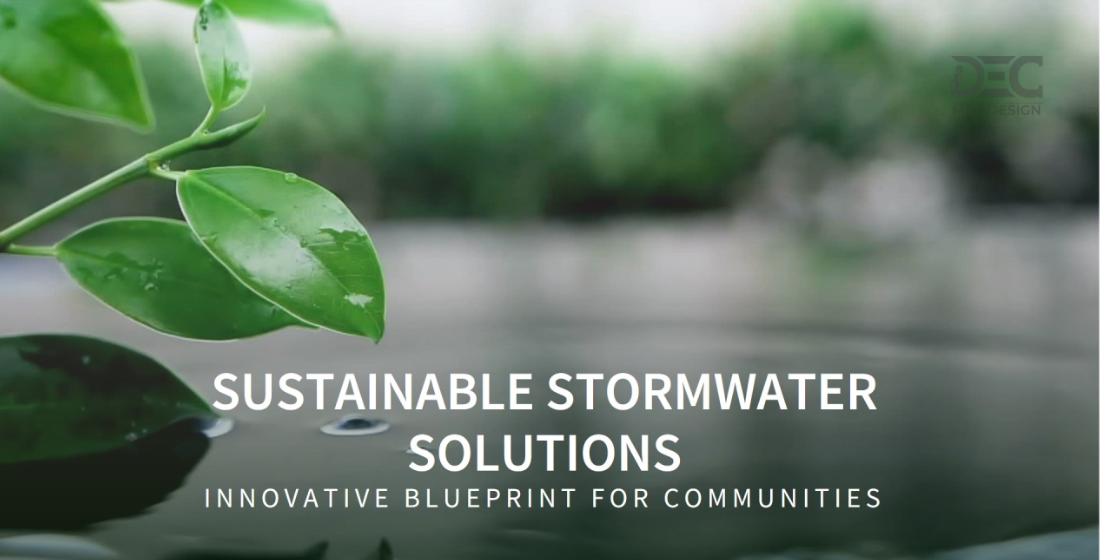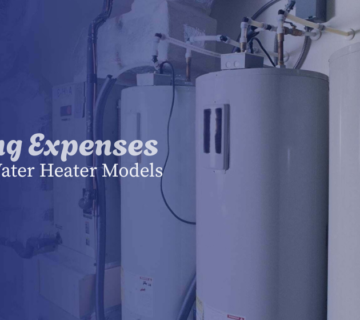Stormwater Management Options: A Comprehensive Guide
Stormwater management strategies are an important element in the city plan, especially as the expansion of cities expand and environmental issues become rapidly important. Effective stormwater management reduces the adverse effects of urbanization, including floods, erosion, and water pollution. In this blog, we will discuss many innovative and successful stormwater management strategies, each of which will help towards more sustainable water management.
1. Green Infrastructure:
Green infrastructure is a catch-all phrase for the methods of managing water that involve simulating natural processes to handle water. These measures try to repeat the natural water cycle, and they can be included in the urban environment. Some common green infrastructure solutions are:
- Rain Gardens: A shallow, planted depression that catches and filters the flow of storm water. Rain gardens reduce the runoff by allowing water to flow through the ground, adding beauty to a site.
- Permeable Pavement: Not a specific impervious surface like asphalt, the permeable pavement allows water to penetrate the surface into the ground. Through this process, groundwater recharge is assisted, and the amount of stormwater is reduced.
- Green Roofs: Green roofs are garden roofs that soak rainwater, so water will not flow from the building. They can reduce the urban heat island effect and provide insulation benefits while the stormwater management is complete.
- Vegetated Swales: They are landscape slopes that are used to filter retarded and storm stormwater. Swales can be sown with grass and bushes for better water absorption.
2. Detention and Retention Basins:
Detention and retention basins are old methods of stormwater management that work to manage the flow of stormwater in an urban environment.
- Detention Basins: The detention basin holds the stormwater for a while before releasing it over a long period. They reduce the peak rates of flow and avoid floods. Detention basins are dry most of the time but can become active when heavy rains occur.
- Retention Basins: The Retention Basin is constructed to maintain stormwater permanently and to prevent complete runoff. They are often used in conditions where natural systems are required to treat water problems by allowing sediment to settle before discharging.
3. Stormwater Harvesting:
Stormwater harvesting, or rainwater harvesting, is the collection and storage of stormwater runoff for future use. This method is mostly useful in areas where water is rare. Stormwater can be cut from roofs, parking sites, and other impermeable surfaces and can be stored in tanks or underground cisterns for purposes such as irrigation, landscape water, or even industrial processes.
The system reduces the load on the infrastructure of stormwater infrastructure, which removes stormwater from the drains of the storm, and can also offer a useful source of water for the owners and businesses of the house.
4. Constructed Wetlands:
The manufactured wetlands are designed to repeat the natural filtration processes of the wetlands. Manufactured wetlands use plants, soil, and microorganisms to filter the runoff of the storm before it enters large water bodies. Manufactured wetlands provide a very effective means of filtering pollutants such as sediment, nutrients, and heavy metals from the stormwater.
These systems can be integrated into the urban environment, which offers to improve water quality along with wildlife habitat. They are particularly applied in areas with intensive non-point source pollution.
5. Infiltration Trenches:
Intruder trenches are underground systems that are designed to catch the runoff of stormwater, allowing water to leak into the ground. The trenches are usually filled with gravel or sand, which gradually provides space for water to infiltrate. This method is effective for areas with permeable soil. This can help recharge the groundwater supply.
Infiltration trenches are regularly employed on parking sites, roads, and other urban settings where the surface area is restricted. They have an efficient way of managing runoff without occupying the vital surface area.
6. Floodplain Restoration:
Restoration of floodlines means returning to the natural condition of urbanized floods. By restoring impermeable cover and vegetation, it would be better to absorb and catch floodwater. This will reduce the downstream risk of floods and allow opportunities for the restoration of the habitat.
The restoration of floodplains can increase water quality by filtering pollutants before they reach large water bodies. Restoration of floodplains can be difficult, including the decisions of complex engineering and land use, but it offers great long-term benefits for stormwater management.
The Future of Stormwater Management
Stormwater management is an essential component of sustainable city planning. Although conventional methods such as pipes and drains continue to play a significant role, new technologies such as green infrastructure, detention basins, and stormwater harvesting are becoming increasingly popular. These approaches not only regulate runoff but also contribute positively to urban living by fostering green spaces, enhancing water quality, and decreasing the impacts of flooding.
With increased frequency and severity of storms due to climate change, cities will have to transition to more resilient stormwater management. The key is integrating these approaches with a mix of natural systems and engineered solutions that allow for cities that are both sustainable and resilient in the face of future adversity.
By pursuing these stormwater management strategies, communities can mitigate the hazards of urban flooding, conserve water resources, and enhance overall quality of life. The incorporation of these solutions in the urban environment will be critical to building resilient cities that prosper amidst climate uncertainty.
Sustainable design goes beyond just managing runoff — it’s about building smarter, greener systems from the ground up. Discover how Green Engineering transforms long-term infrastructure value, boosts efficiency, and turns compliance into opportunity.
How to Implement Eco-Friendly Stormwater Management Solutions
- Assess Site Conditions and Constraints
Begin by evaluating soil type, slope, existing vegetation, and drainage patterns. This will determine which solutions, such as infiltration trenches, green roofs, or rain gardens, are feasible.
- Engage Qualified MEP-FP Engineers or Landscape Architects
Professionals will ensure your stormwater plan meets local codes, environmental regulations, and is technically sound.
- Start Small and Scale Up
Pilot low-impact features like permeable pavements or rain barrels on a small scale before applying them across larger developments.
- Leverage Incentives and Grants
Check for city or state programs that offer incentives for green infrastructure or stormwater mitigation measures.
- Monitor and Maintain Systems Regularly
Stormwater systems—especially natural solutions like swales and wetlands—require routine maintenance for optimal performance.
Frequently Asked Questions
Stormwater runoff in cities can lead to flooding, erosion, and pollution of local waterways. Effective management reduces these risks while supporting sustainability goals.
While upfront costs vary, many green solutions reduce long-term costs through improved energy efficiency, reduced stormwater fees, and lower maintenance.
Typically, harvested stormwater is used for non-potable applications such as irrigation, landscaping, or flushing toilets. Additional treatment would be required for potable use.
Detention basins temporarily store water and release it slowly, while retention basins hold water indefinitely, allowing for infiltration and pollutant removal.
Yes, in many cities and states, certain stormwater solutions require permits. Always consult local regulations or work with a licensed engineer.
Site conditions, budget, climate, soil permeability, and local regulations all influence the best-fit solution. A professional assessment is highly recommended.





No comment